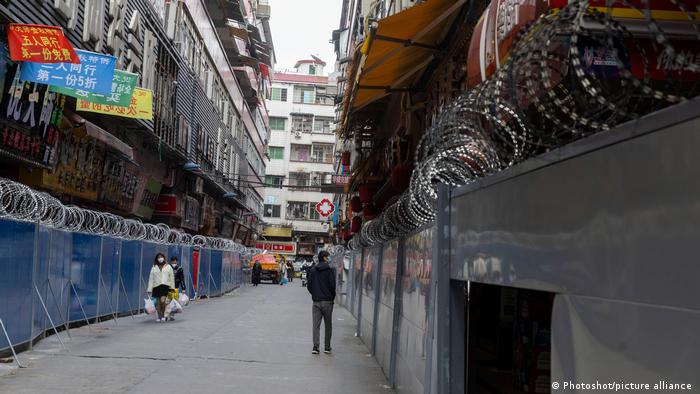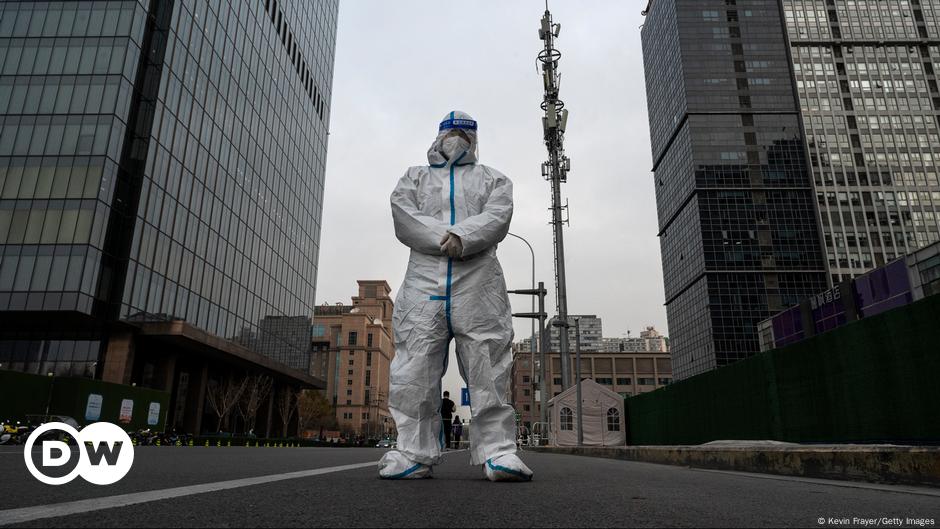The State Council of the country of 1.4 billion inhabitants announced in Beijing a new ten-point plan to fight the corona virus. This includes facilitating quarantine, PCR testing and lockdowns. For asymptomatically infected people and those with a mild course of the disease, it should be possible “in principle” to self-isolate at home.
After a week of home quarantine, two negative PCR tests are then required to be able to move freely again. Close contacts should isolate themselves at home for five days and then be able to test freely.
Neighborhood exit bans
The severe restrictions underway after nearly three years of the pandemic had caused resentment in the People’s Republic. Nearly two weeks ago, the largest wave of protests in decades swept through various Chinese cities. A heavy police presence then prevented further demonstrations. The protest was directed against the exit bans of residential complexes or entire neighborhoods, forced quarantine, the almost daily obligation of tests in some cases and other hard zero-COVID measures.
PCR testing must be restricted in China
The lockdowns should now only cover buildings, housing units, floors or homes, not “arbitrarily” extended to districts, streets or an entire area, as the State Council further announced. Additionally, health codes or negative PCR tests should no longer be required when people travel between regions. The number and frequency of tests should also be reduced. Important state bodies, large companies and other special institutions could still act according to their own prevention plans.
China’s foreign trade collapsed
The easing of the corona virus was also necessary for the economy: China’s foreign trade collapsed unexpectedly in November. Imports were 10.6% lower than imports in the same month last year, the sharpest drop since May 2020, according to customs. Exports fell 8.7% year-on-year last month, itself the steepest drop since February 2020, when the pandemic began.
The country’s national statistics office admitted that the coronavirus pandemic had “adverse effects on the production and operations of some companies” in November. Production slowed down and orders fell. Suppliers have complained of transportation and logistics problems, and demand in both domestic and foreign markets has plummeted, partly due to recessionary forecasts and high energy prices.

Buildings and entire neighborhoods are completely isolated in Guangzhou in southern China
Deputy Prime Minister Sun Chunlan indicated last week that there could be a change of course in crown policy. He spoke of a new phase, as the omicron variant was no longer as pathogenic and more people were vaccinated.
The population lacks natural immunity
However, vaccination should be promoted, especially for older people who are not sufficiently protected by vaccines in China. Out of fear of side effects, older people in the country’s 1.4 billion people have been vaccinated fewer so far. Only 40% of people over 80 received a booster injection. There is also a lack of natural immunity in the population, as isolated China has hardly seen any infections so far.
nob/sti (dpa, afp)


